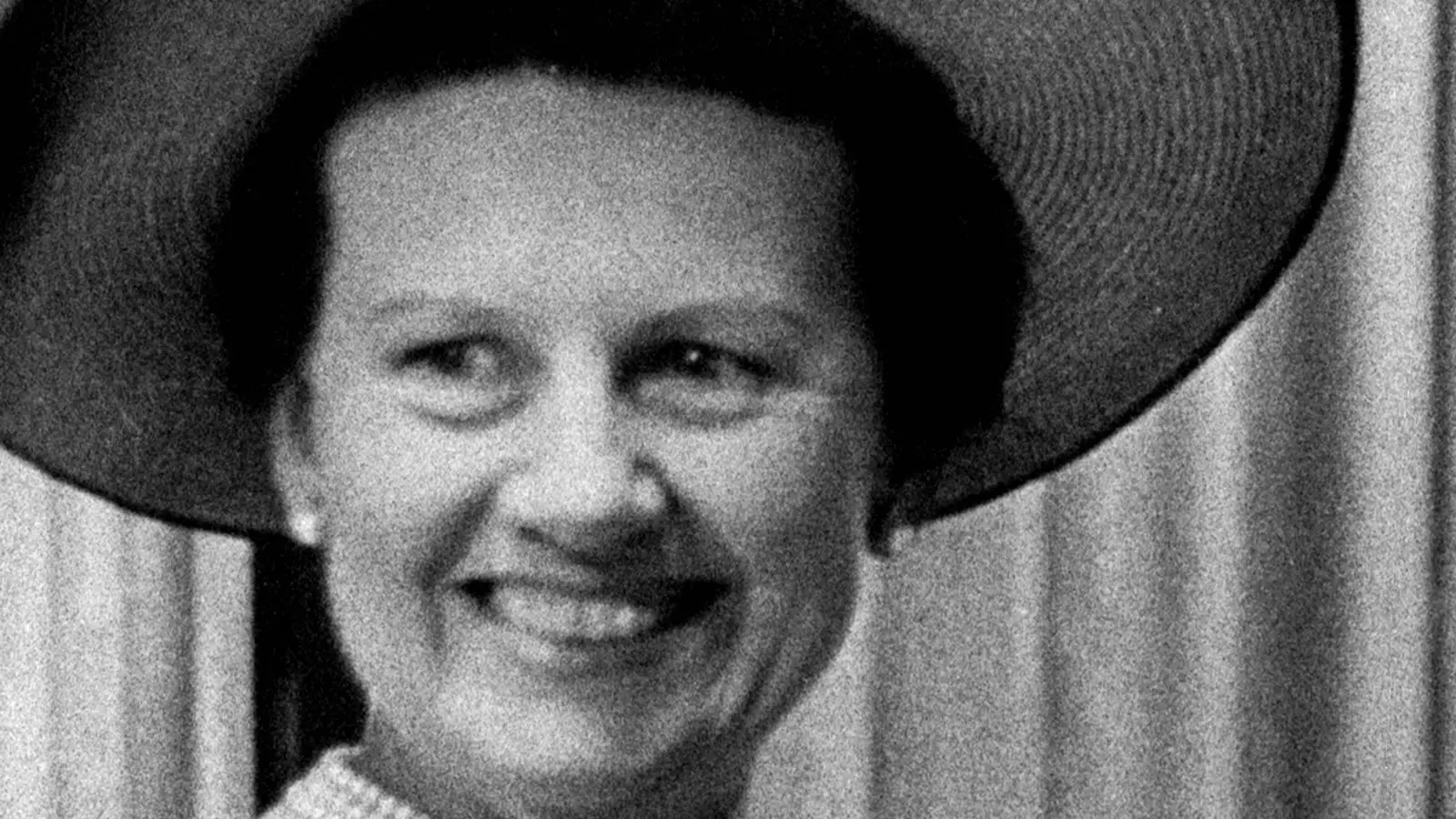The story surrounding Muriel McKay, who was tragically kidnapped and murdered in 1969, is far from over. Despite her brutal death nearly six decades ago, her family finds themselves grappling with unanswered questions and the search for closure. The complexities of this case highlight not just the emotional turmoil endured by families of victims, but also the challenges law enforcement faces when relying on the testimony of those who have committed heinous acts.
The Weight of the Unresolved Past
Muriel McKay’s family is caught in a distressing situation revolving around the legal and emotional ramifications of a murderer’s confession. Independent evaluations estimate that the farm where her body is alleged to be buried holds far less value than its market price, primarily due to the stigma linked to the ongoing mystery. For the McKays, the emotional weight associated with a missing loved one significantly devalues the property—by as much as 50%—making it a grim reminder of their loss while underscoring the difficulties of moving on.
The family’s attempts to persuade the current landowner to allow further excavations are complicated by previous unsuccessful searches. Their advocacy is fueled by a deep-seated belief that the land could still reveal answers. Mark Dyer, Muriel’s grandson, underscores the frustration: the initial excavations by authorities did not meet the family’s expectations, and they feel that the search was half-hearted at best. With their hopes pinned on the cooperation of the convicted killer, Nizamodeen Hosein, the family is continually rebuffed by the police, raising questions about the balance between procedure and the pursuit of justice.
Nizamodeen Hosein, who was convicted alongside his brother in one of the UK’s pioneering “no body” murder trials, once claimed that Muriel died of a heart attack during her captivity. Hosein, now retired in Trinidad, has indicated a willingness to assist Muriel’s family by revealing the location of her remains. His unpredictable reliability only adds to the torment experienced by the McKays; conflicting perceptions of Hosein’s testimony lead to doubts about how effective another attempt at excavation would be.
The family visited him in Trinidad, armed with maps and old photographs to clarify the burial site once and for all. The fact that they must negotiate with a convicted murderer to receive closure speaks volumes about the dysfunctions that can arise within the justice system. Mark Dyer articulates the absurdity of this situation pointedly: the police’s refusal to allow Hosein to clarify the burial location is baffling, particularly in light of their lack of success in searches thus far.
The actions of the police hold a critical place within this narrative; their previous digs revealed nothing, leading to their conclusion that Hosein’s information might not be valid. This skepticism toward further searches perpetuates a feeling of helplessness among Muriel’s family. A spokesperson for the Metropolitan Police has mentioned that due diligence was enforced during their investigations, including consultations with various experts, insinuating that the resources spent may justify their decision to cease further attempts.
However, the emotional toll on the family clashes with law enforcement’s procedural approach. Families seeking answers about a loved one’s fate often require something beyond just professional protocols; they need compassion and support. Case reviews have validated the multiple complexities involved in handling sensitive, unresolved murder cases, but they also underline a glaring need for a more humane approach.
As Muriel’s family endeavors to lower the barriers to further excavation, they have commissioned property valuations that underscore their plight. Cost estimations have not only served as emotional crutches but also as potential leverage in negotiations with the landowner. Dyer remains optimistic, believing that genuine communication can facilitate a mutually beneficial resolution.
The family’s narrative exposes a broader issue: the absence of closure can linger for generations, creating an emotional landscape fraught with unresolved pain. In their quest for answers, the McKays become representatives of countless families facing similar struggles. Their pursuits serve as stark reminders of how society engages with crime, justice, and the delicate threads of human empathy.
In this tragic saga, Muriel McKay’s legacy goes beyond mere statistics; it reflects the ongoing trauma endured by those left behind. Until the family can find solace, the true story remains buried, much like the body they desperately seek to find. As they continue to fight against the odds for closure, the emotional landscape reveals the complicated interactions between justice, memory, and the longing for peace.


Leave a Reply